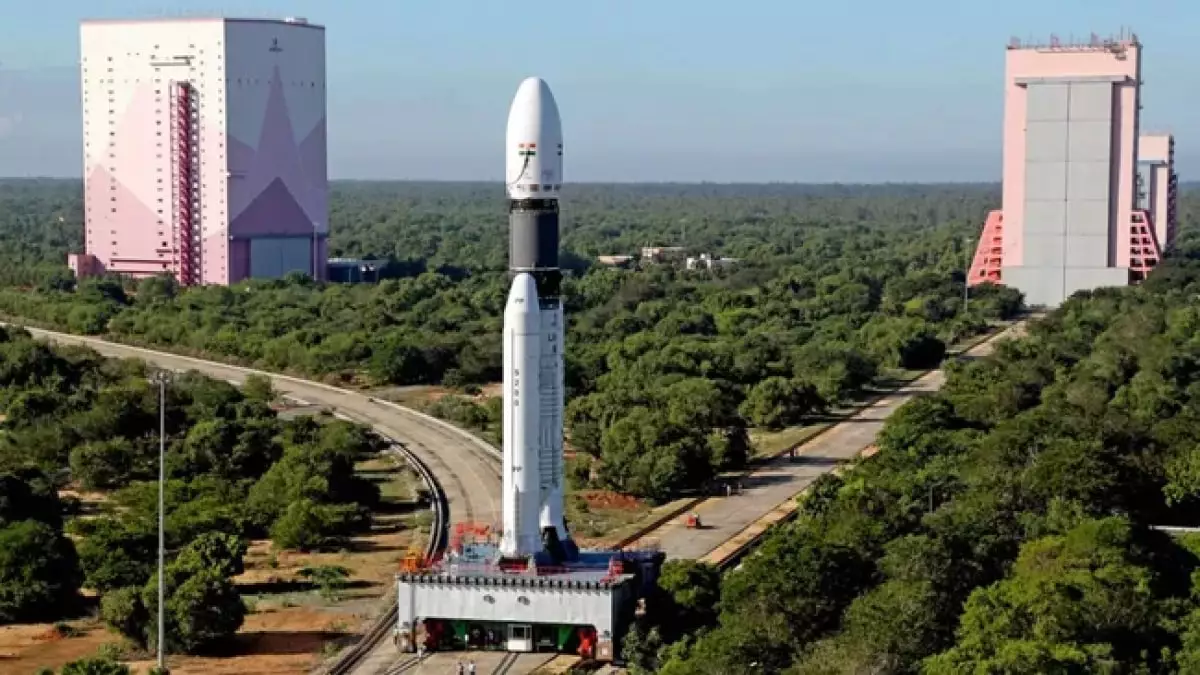India’s ambitious foray into human spaceflight through the Gaganyaan programme has encountered a revised timeline, with the inaugural astronaut mission now set for 2026, a year later than initially planned. Announced by S. Somanath, the Chairman of the Indian Space Research Organisation (ISRO), this decision underscores a commitment to enhanced safety protocols following challenges faced in the aerospace sector. The overall trajectory of the mission, which seeks to send Indian astronauts into space, reflects not just a technological ambition but a commitment to ensuring the safety and reliability of each aspect of the mission.
In preparation for this historic endeavor, India will first conduct multiple uncrewed test flights, with the first scheduled to launch in December 2023. This phased approach is designed to rigorously vet critical systems and technologies necessary for the eventual crewed mission. Somanath has explained that the lessons gleaned from other nations’ experiences—particularly the recent difficulties faced by Boeing’s Starliner—serve as crucial learning opportunities. Such experiences inform ISRO’s meticulous focus on comprehensive testing.
The Gaganyaan mission aims to transport one or two astronauts to low Earth orbit, approximately 400 kilometers above Earth’s surface. To ensure mission integrity, ISRO is implementing a range of tests focused on emergency protocols and recovery systems. The upcoming G1 flight, which will feature a humanoid robot named Vyomitra, will engage in vital experiments such as re-entry maneuvers and parachute deployment. This comprehensive testing framework illustrates impressive foresight, depicting ISRO’s commitment to eradicating risks before actual crewed flights begin.
In tandem with technological tests, the Gaganyaan programme’s astronaut training regime has been intensive and thorough. The selected crew members have been honing their skills in various environments, both in India and abroad. Notably, Shubhanshu Shukla, a test pilot from the Indian Air Force, is one of the astronauts in training and has been chosen for an upcoming mission to the International Space Station in collaboration with Axiom Space. Under the guidance of former NASA astronaut Peggy Whitson, Shukla and his fellow trainees are gaining invaluable experience in navigation, docking, and other crucial operations that will inevitably play a role in the success of the Gaganyaan mission.
Enhancing this optimistic outlook, the Indian government has allocated an additional 111 billion rupees to the Gaganyaan programme. This financial commitment emphasizes the government’s resolve to strengthen India’s position in the global space narrative. As ISRO moves the core modules for the mission to the Sriharikota spaceport, the infrastructure and foundational elements for this historic flight are being meticulously assembled.
To sum up, India’s Gaganyaan mission encapsulates a blend of ambitious goals and rigorous safety protocols, marking a significant step forward in the nation’s space journey. This dedication to meticulous planning, human resource training, and enhanced safety measures positions India as an emerging player in the realm of human space exploration, promising a future where astronauts soar beyond the stars on behalf of the Indian flag.

